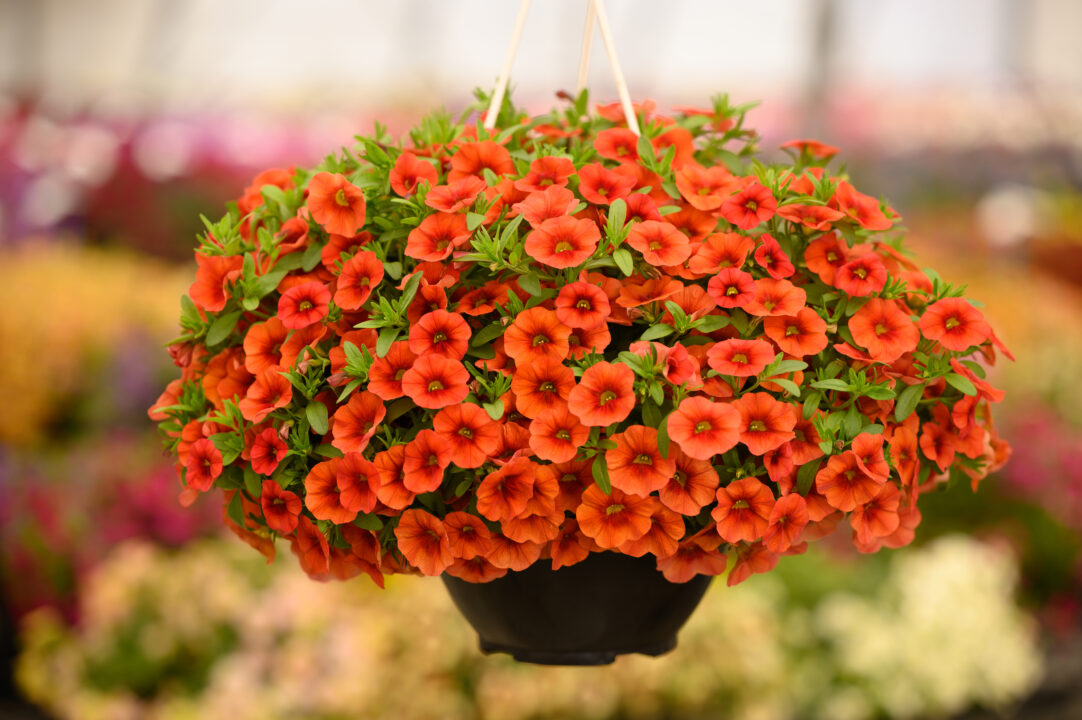A Preview of American Floral Endowment’s Grow Pro Webinars for 2024

Photo: American Floral Endowment
Since May 2021, American Floral Endowment (AFE) has hosted free monthly webinars on production areas and topics that directly impact growers. Nationally recognized researchers, hosts, and speakers offer how-to advice based on AFE-funded and other research projects to help the industry navigate through these ever-changing growing challenges. The webinar topics are current and offer long-term opportunities for growers to focus on increased profit, greater sustainability, and improved labor efficiency.
Webinar are presented on Tuesdays and are 30 to 40 minutes in length plus a 15-minute question and answer period with the researchers. For efficiency, the presentations are pre-recorded followed by a live Q&A. All webinars are open to anyone in the industry thanks to generous sponsors.
Here’s a preview of what’s on tap for the first half of 2024; click here to learn more about each of them and to register.
Jan. 16: Biorational Products for Botrytis Control with Dr. Melissa Muñoz, North Carolina State University
Botrytis blight (aka gray mold) is a devastating disease that can affect plants worldwide and is especially harmful to the cut flower industry. Disease management relying solely on fungicide applications is unsustainable for profitable production and for health and environmental concerns. The American Floral Endowment has funded a series of research projects focusing on alternative and effective management strategies for Botrytis blight in the floriculture industry. This presentation emphasizes the use of biorational products and management strategies to avoid fungicide resistance.
Feb. 27: Preparing for Parvispinus with Dr. Sarah Jandricic, OMAFRA
Thrips parvispinus emerged as a significant threat to tropical ornamental crops in North America in 2020. Given the extent of the damage it causes, as well as the documented insecticide resistance, integrated pest management (IPM) approaches are needed to supplement chemical control measures until cost-effective biocontrol initiatives can be established for this pest.
March 19: How to Manage Peat Shortages with Dr. Brian Schulker, Jiffy
With peat shortages, supply chain uncertainty, and environmental concerns (and even restrictions in some parts of the world), many growers are looking to reduce their peat use. However, when switching to new substrate components, questions can arise about changes in cost, crop quality, crop uniformity, substrate stability, fertilizer requirements, water management, and more. This webinar will give growers insight on how to effectively and efficiently deal with peat shortages and successfully use peat alternatives in their operation.
April 23: Biochar for Container Production with Dr. Ping Yu, University of Georgia
Biochar, a carbon-rich material with porous structure produced by the thermo-chemical decomposition of biomass in an oxygen depleted or oxygen-limited atmosphere, has become popular as a container substrate component as a peat replacement. Using biochar to replace peat moss as a container substrate component for greenhouse/nursery production could provide environmental and economic benefits. Biochar could be derived from various feedstocks that are regenerated faster than peat moss and possesses price advantages over peat moss when local feedstock is available. Certain types of biochar can provide nutrients, accelerate nutrient adsorption, and suppress certain pathogens, leading to reduced fertilizer and pesticide usage and leaching.
May 21: Identification and Management of Root Diseases in Floriculture Crops with Dr. Francesca Hand, The Ohio State University
Floriculture crops are produced in a diverse range of systems which can bring along the risk of many soilborne diseases, including fungal and oomycete root rots. This webinar will help growers learn how to identify important root diseases in floriculture production and strategies for managing them.
June 18: The Use of Drones in Cut Flower Production with Dr. Christian Nansen, University of California, Davis
There has been increasing interest in the use of drones in cut flower production as a way to reduce labor issues and costs involved with pest and disease scouting, stress monitoring, pesticide applications, soil compaction, and more. Drones may provide a way to improve precision in stress detection and spray applications, and contribute to more sustainable production practices. This webinar will provide information on how drones and other UAVs are currently used in cut flower production, current work being done to implement and improve the use of drones in floriculture, and the future of drones and other UAVs in floriculture production systems.









